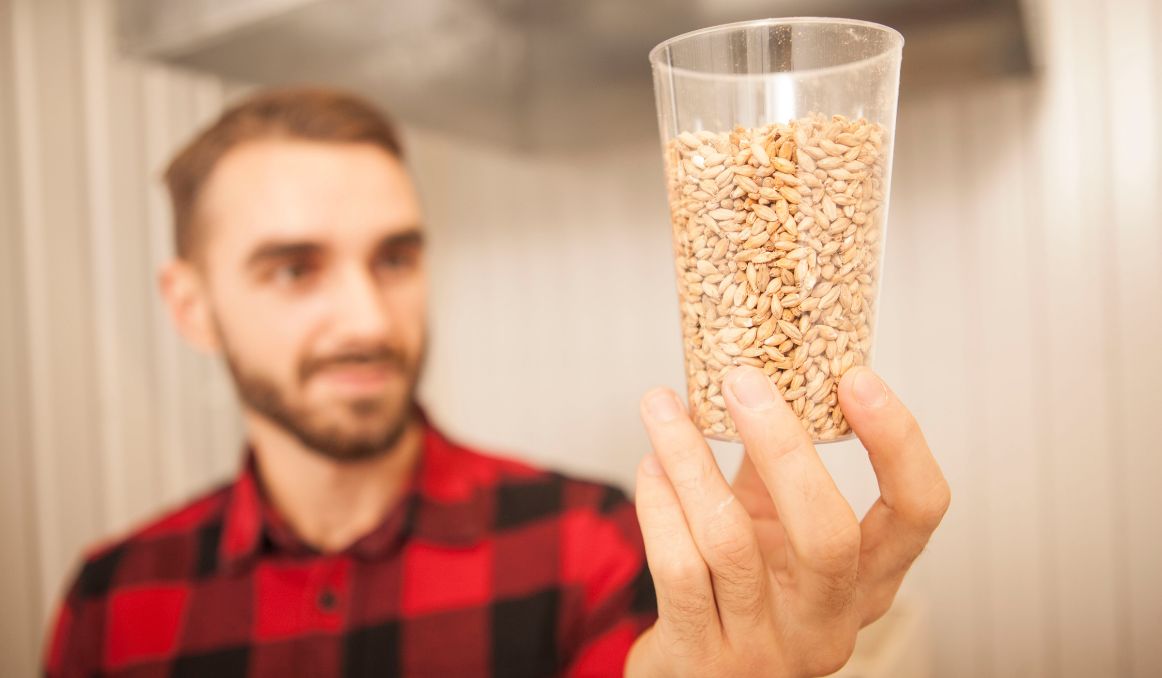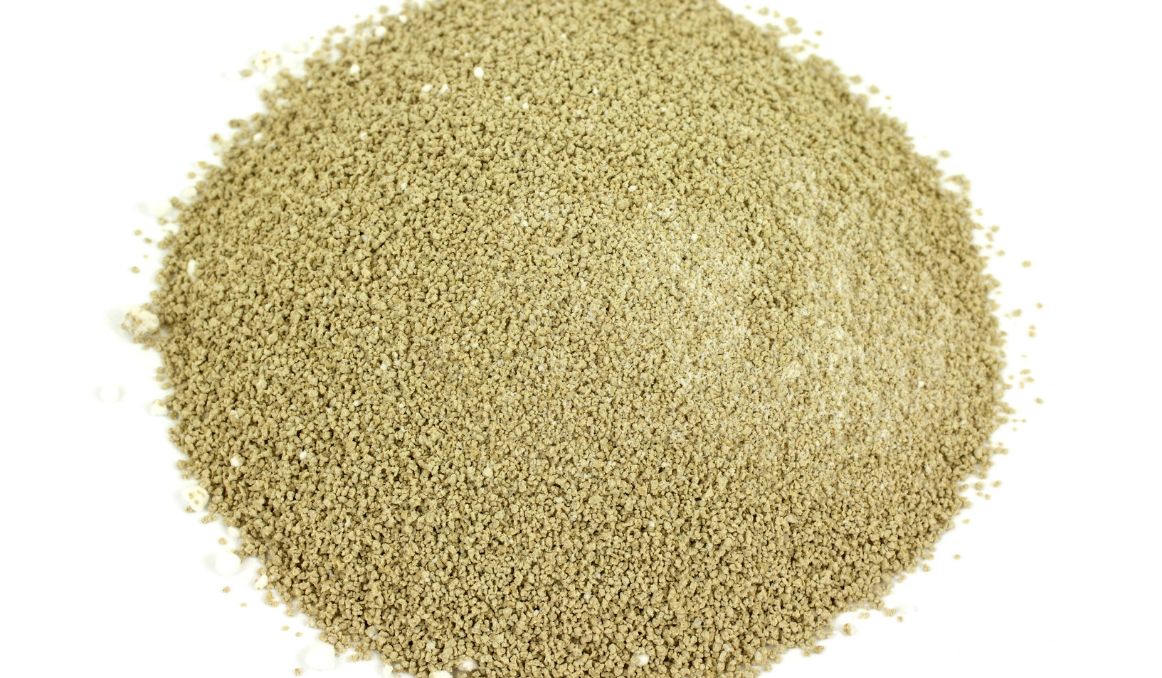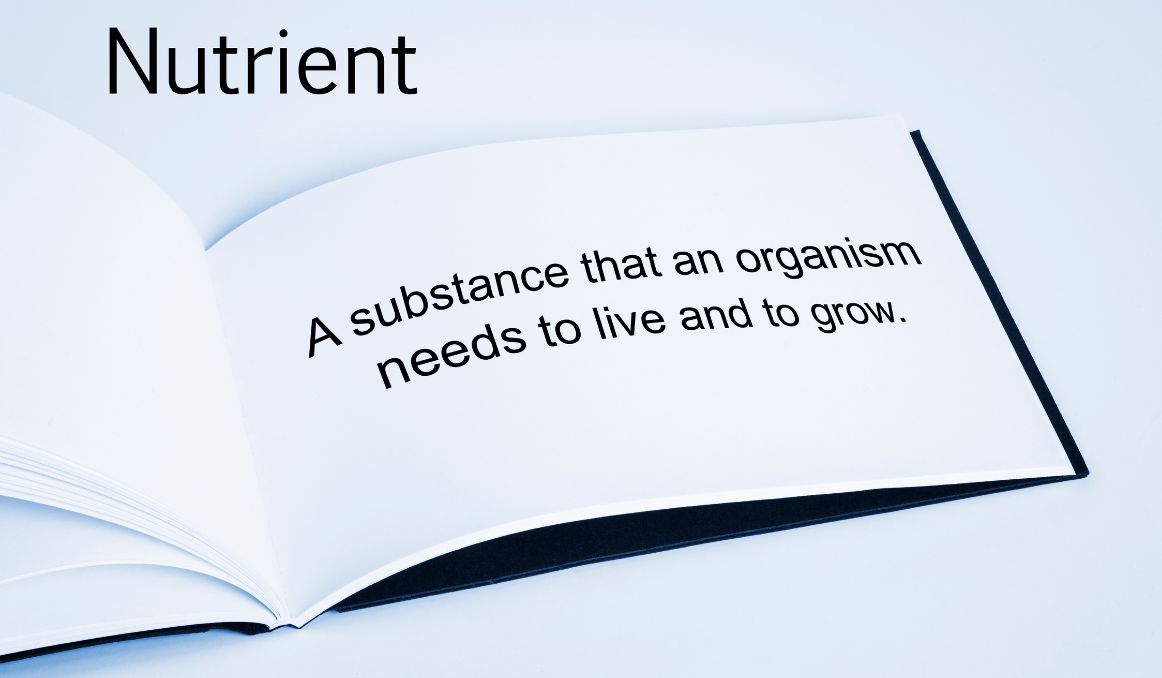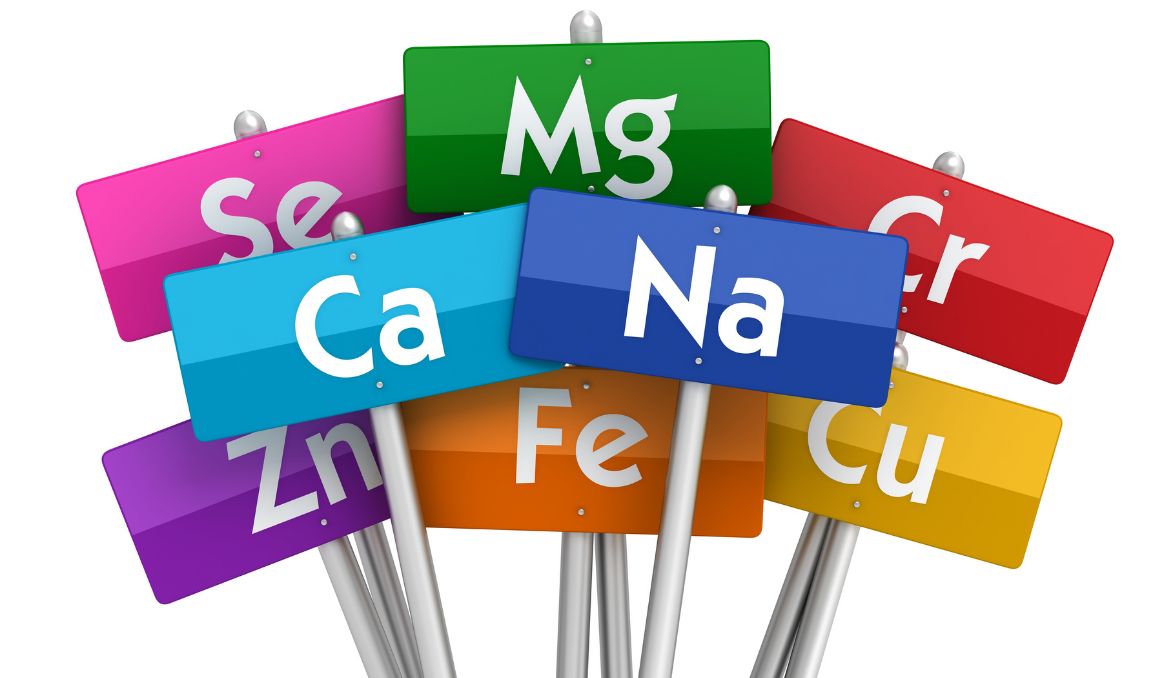When to Add Yeast Nutrient and Why It’s Important
Yeast nutrient can be a touchy subject for a lot of brewers. Some swear by it. Others swear against it. Still others will come down in the middle, saying using yeast nutrients can be appropriate at times but not always necessary. It really does seem to be in the world of brewing that yeast nutrient is a matter of both style and taste, literally.
But what, after all, is this controversial little packet of adjunct? And if you decide to utilize it in your brewing, how do you know when to add yeast nutrient? All of these questions have plagued brewers for generations. So if you’re confused or curious, take heart. You’re not alone.
Making Beer

First, it is critical to understand the role yeast plays in making beer before we can discuss why it would possibly need a nutrient, or even what that yeast nutrient is.
Yeast is a single cell organism known as a eukaryote. All that means is that it has its own nucleus packed into a nucleus envelope. It is a living thing; part of the fungus family.
Long ago, brewers discovered that if they made water with grain and left it out, that liquid turned to beer. That phenomenon was thanks to yeast. Yeast is literally everywhere all the time, and it loves sugar. The sugars found in the grain water, now known as wort, are highly attractive to yeast. Wild yeast in the environment would feast on the sugars in the wort and convert that sugar to alcohol and carbon dioxide. The invention of ale was complete.
Yeast Does So Much More
But that’s not all yeast does. In addition to pumping out ethanol (alcohol) and carbon dioxide, yeast also reproduces, feeds on dead yeast husks, and releases hundreds of secondary metabolites that influence the flavor and aroma of the beer. To get all of that done, the yeast needs plenty of nutrients.
Yeast nutrients are usually plentiful in wort. Indeed, beer is arguably one of the most nutritious alcoholic drinks you can imbibe particularly because the grains and the hops in beer are so packed with nutrients.
But sometimes, the nutrition in the wort is lacking, and the yeast can’t get its job done.
When to Add Yeast Nutrient

It is at this point that most brewers will add yeast nutrient. Yeast nutrient is exactly what it sounds like. It provides the nutrients the yeast is lacking to complete fermentation. This phase of brewing is called stuck fermentation, and while yeast nutrient is not the only answer, it is a common one.
When you notice that your fermentation has stalled, there are a number of things you can do:
Agitate the liquid
Sometimes this is all the yeast needs, just a little shaking up, and it will get right back to work bubbling and fermenting.
Lower/raise the temperature
Ale yeast likes a nice 68 degree F environment and lager yeast prefers a cooler temperature around 50 degrees. Too warm and it will start to die off. Too cold and it might paralyze. Check your temperature and adjust accordingly, and you might find fermentation beginning again.
Add another ale or lager to your batch
Sometimes, you can add in another well fermenting batch and that yeast will wake up your stuck yeast, and you might get a blend you really enjoy.
Add yeast nutrient

Finally, you can add yeast nutrient. The package will tell you how much yeast nutrient to add, so be sure to follow directions. If you add too much yeast nutrient, it won’t get eaten by your yeast and you will end up with some off flavors. Getting those essential nutrients to your yeast may wake it up and get it agitating again.
You can also add nutrient at the end of your boil, before fermentation even begins, just for good measure. It will ensure your yeast has plenty of nutrients, and it may ensure you don’t end up with stuck fermentation. The same goes for adding a bit of yeast nutrient halfway through fermentation, just to be sure your yeast has everything it needs. You do not have to wait for stuck fermentation to add the yeast nutrient.
What Is in Yeast Nutrient?
Now you know when to add it, and why, now, what is in yeast nutrient anyway? And how do those ingredients help the yeast?
Diammonium phosphate
DAP is a water soluble salt that delivers nitrogen and phosphate to yeast cells. Typically, your wort should have plenty of nitrogen, but for higher gravity beers in particular, they may be lacking a bit, and yeast nutrient will provide a welcome boost.
Amino Acids
If your wort is lacking in the amino acids yeast usually relies on to keep going, yeast nutrient acts as a great supplement.
Vitamins and Minerals

Biotin, pantothenic acid, calcium, magnesium, potassium and so much more are all a necessary part of the fermentation process for yeast. They also help along the flocculation process.
Zinc and Magnesium
These two play a major role in the production of alcohol in beer, and they are often the most lacking in the wort, so yeast nutrient can be a huge help here.
Yeast Hulls
Yeast hulls absorb the toxic yeast by-products that may be inhibiting fermentation, so all yeast nutrient will contain yeast hulls for that purpose.
Again, most of these nutrients are already found in the wort, fortunately, but in the event you find your fermentation stuck, or if you are on board with just adding a little yeast nutrient to jump start your wort from the beginning, it can’t hurt to try.
The best advice when brewing is to follow the trial and error process. See what works for you, and leave out what does not.
That is the true secret to perfecting a craft, after all.
Cheers!
Are you still pitching fresh yeast every time? By reusing your yeast, you can save up to hundreds of thousands of dollars per year on just yeast alone!
Join the hundreds of brewers from all around the world using the Smartest Automated Yeast Cell Counter! Request a Free Demo Account today and experience firsthand how Oculyze can take your brewery to the next level!
Sources:
- Christopher White, Ph.D., Yeast Nutrients Make Fermentations Better, White Labs
- https://beerandbrewing.com/what-exactly-is-yeast-nutrient/
- https://learningtohomebrew.com/when-to-add-yeast-nutrient/
- https://homebrewanswers.com/yeast-nutrient-use/
Stay on top on important fermentation insights – subscribe to our monthly newsletter and receive a hand-picked selection of our most relevant articles straight to your inbox.
Never miss a beat and get real time updates with a new article each workday by subscribing our social media channels.
Instagram | Facebook | Twitter | YouTube


